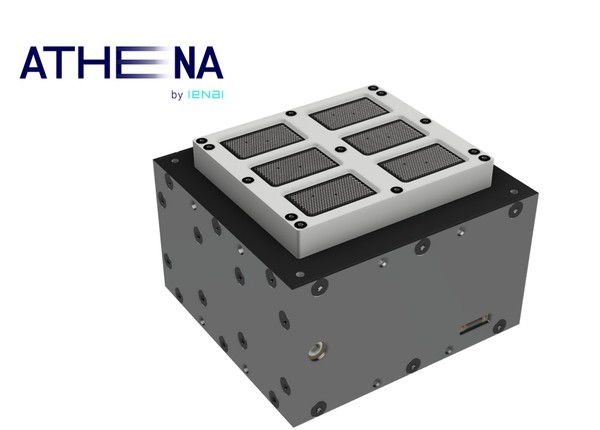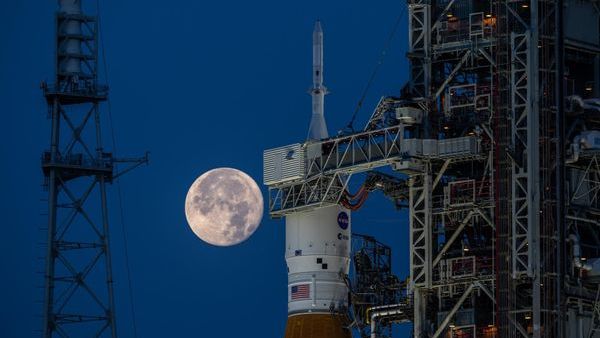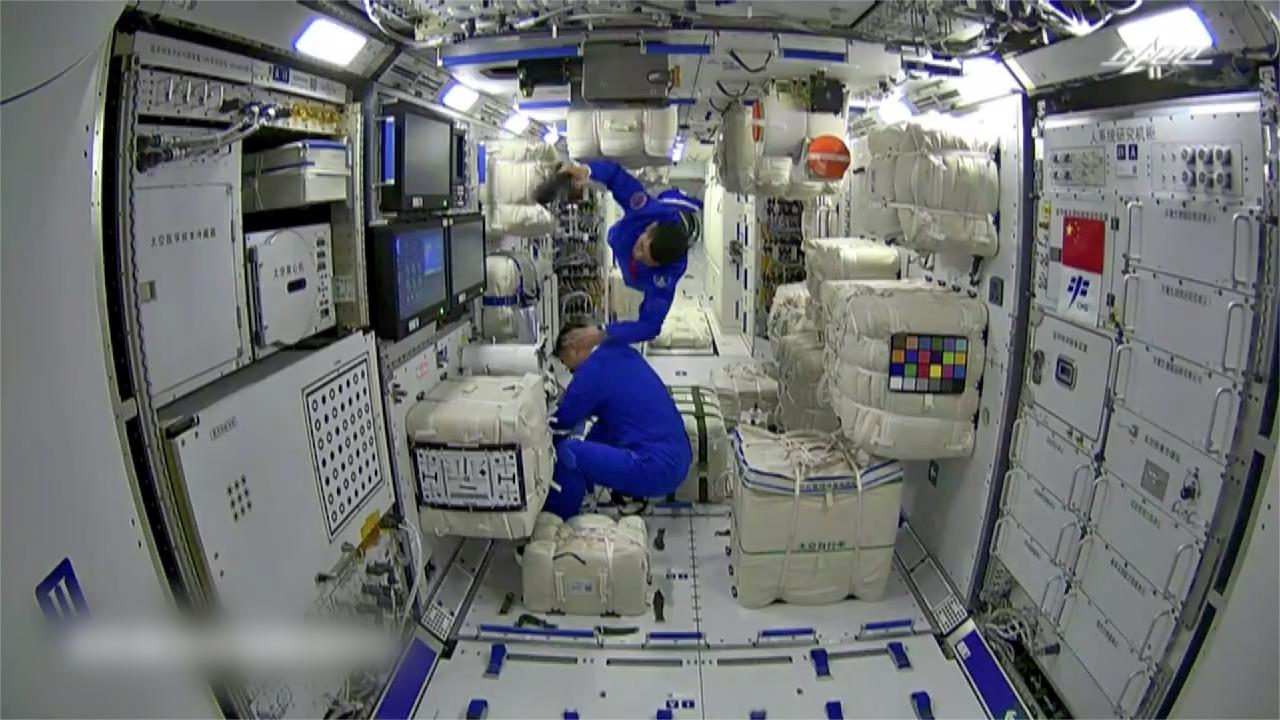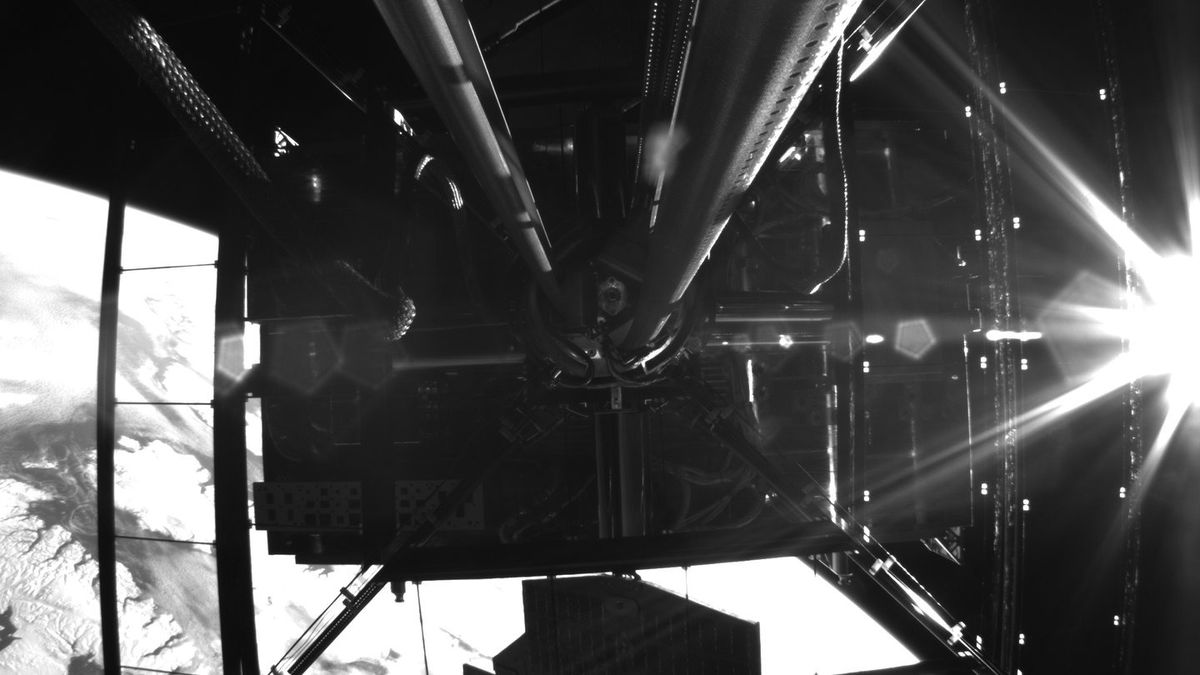With a tiny pinhole thruster ready for manufacturing, ESA has enhanced rocket propulsion technology.

ESA’s ATHENA: Palm-Sized Thruster for Efficient In-Space Propulsion
ATHENA (Adaptable, THruster based on Electrospray powered NAnotechnology) is a palm-sized system that maneuvers and propels cubesats and tiny spacecraft in space. ATHENA emphasizes effective in-space propulsion over huge launch rockets.
The Saturn V, which launched Apollo astronauts to the Moon, was far larger than the ATHENA thrusters. These palm-sized thrusters, 110 meters tall, propel small satellites rather than launch rockets from Earth.
ESA’s ATHENA development team is led by IENAI Spain CEO and Co-Founder Daniel Perez Grande. Electrospray, developed from mass spectrometry, is used in space applications. Each thruster has seven silicon wafer emitter arrays with 500 pinhole emitters. An electrostatic field propels electrically charged particles from conductive salt at up to 20 kilometers per second. Although ATHENA is smaller than other ion propulsion systems, the concept is similar.
Versatile, Eco-Friendly Palm-Sized Thrusters for Tiny Satellites
Reconfigurable during flight, these palm-sized thrusters are versatile. They use non-toxic liquid propellant and no pressurized storage tanks, making them environmentally friendly.
As many as six thrusters can fit on the face of a 10cm cubesat due to their tiny size. Clustered thrusters can be used on satellites and probes up to 50kg, with hopes to improve the technology for 300kg vehicles.
Smaller, more efficient systems are emerging in space technology. ATHENA and two additional ESA electrospray-based thruster concepts show promise in miniaturizing propulsion systems. The team hopes to create a prototype by 2024, furthering tiny satellite propulsion technologies.
READ ALSO: ESA’s Tiny Pinhole Thruster is Ready for Production




